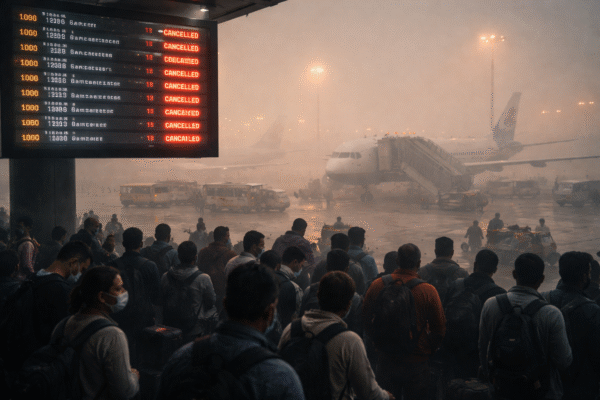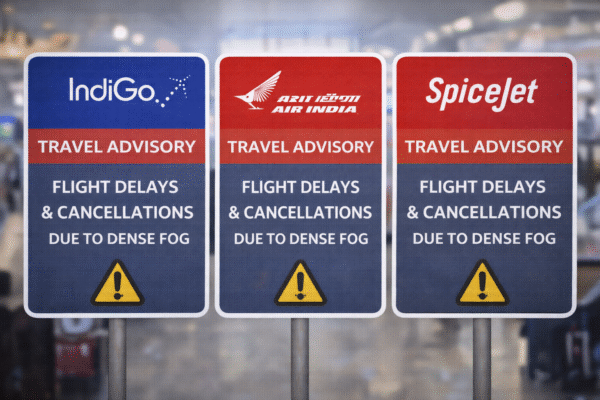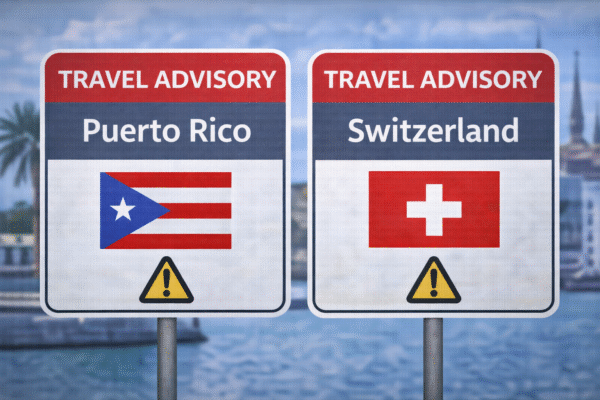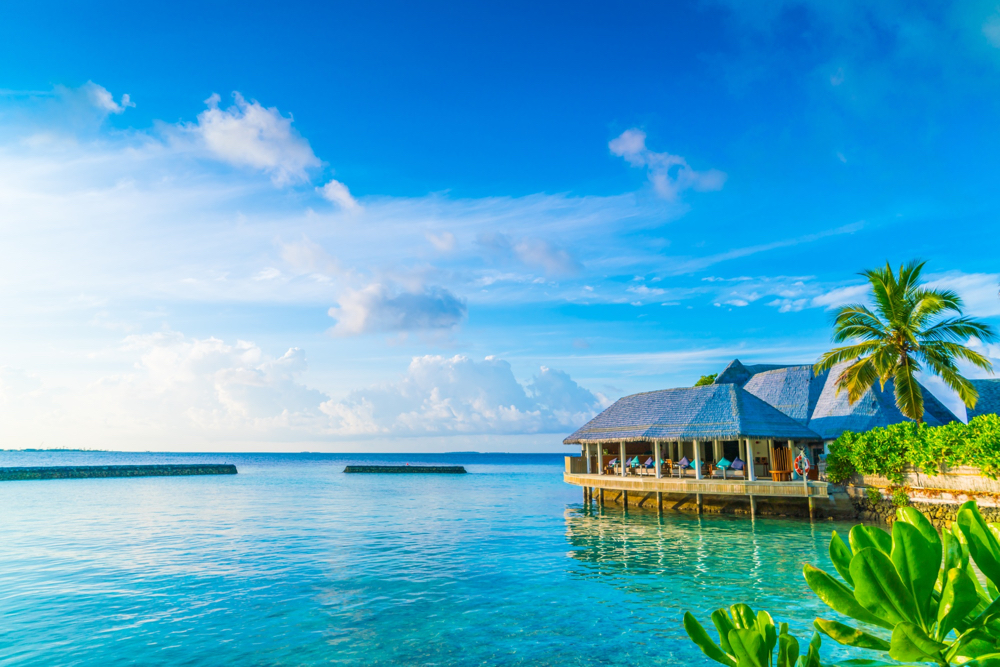CAGAYAN, PHILIPPINES — A 5.2 magnitude earthquake struck off the coast of Calayan Island, part of the scenic Cagayan province in Northern Luzon, at 9:34 a.m. on Saturday, July 19, according to the Philippine Institute of Volcanology and Seismology (Phivolcs). While no major damage has been reported, tourists and residents in nearby areas such as Claveria experienced light shaking, sparking temporary concern across the region’s travel sector.
The earthquake, tectonic in origin, occurred at a shallow depth approximately 103 kilometers northwest of Calayan Island, a growing destination known for its coastal charm, pristine beaches, and untouched wilderness. Phivolcs confirmed that aftershocks may follow, and while the risk of destruction is low, vigilance remains essential.
What the Earthquake Means for Tourists Visiting Cagayan
For travelers enjoying the serene beauty of Cagayan’s islands and coastal towns, the seismic event served as a reminder of the Philippines’ location along the Pacific Ring of Fire, a tectonically active zone known for frequent earthquakes and volcanic activity. The quake did not trigger a tsunami alert, and operations at local tourism businesses remain unaffected.
Still, some hotels and tour operators have implemented temporary safety checks, prompting minor service delays. A few nervous tourists were seen contacting their embassies and rescheduling boat trips to nearby islets as precautionary measures.
Local authorities, along with the Department of Tourism (DOT) and Local Disaster Risk Reduction and Management Councils (LDRRMCs), quickly issued statements reassuring visitors of safety. They emphasized the readiness of earthquake contingency plans and highlighted the importance of staying informed through official channels such as Phivolcs and the National Disaster Risk Reduction and Management Council (NDRRMC).
How Businesses Are Responding
Cagayan’s small and medium-sized travel enterprises — from resorts and homestays in Claveria to dive shops and eco-tour providers in Calayan Island — are accustomed to brief seismic disturbances. Many operate under standard earthquake readiness protocols, including evacuation drills and structural inspections.
“Business will continue as usual, but we’re reminding our guests about emergency exits and our earthquake procedures,” said an operations manager at a beachfront resort in Claveria. “The tremor was mild, but safety comes first.”
Conference centers and event organizers in Tuguegarao City, the regional capital, also reported no significant disruption but emphasized the importance of including emergency planning in all scheduled events.
Safety Guidelines for Earthquake-Prone Destinations
Whether you’re a backpacker exploring island coves or a business traveler attending meetings in Cagayan, preparedness is vital. Here are essential safety reminders for tourists in the Philippines:
🧭 Quick Travel Safety Tips:
- Know the emergency exits in your hotel or lodging.
- Charge your phone and keep a portable power bank on hand.
- Carry a basic emergency kit with snacks, water, a flashlight, and copies of documents.
- Follow updates from @phivolcs_dost and @NDRRMC_OpCen on social media.
- In case of aftershocks, drop, cover, and hold—and wait for all-clear announcements.
While light earthquakes are common in the Philippines, particularly in Northern Luzon, it’s rare for tourists to be caught in serious seismic danger thanks to robust alert systems and disaster response measures in place.
Tourism Still Strong in Cagayan Despite Natural Risks
Despite occasional earthquakes, Cagayan remains one of the Philippines’ most peaceful and enchanting provinces. Its emerging reputation as a hidden gem in Northern Luzon continues to draw both local and international travelers eager to escape crowded tourist hotspots. Calayan Island, accessible by boat or light aircraft, is especially beloved for its unspoiled beauty and biodiversity.
Tourism authorities stress that earthquakes — while unsettling — are factored into regional planning and should not deter responsible tourism. “Our islands are safe, resilient, and welcoming,” said a DOT Region II official. “We work closely with Phivolcs and local emergency responders to ensure tourists are protected.”
The Bigger Picture: Earthquake Preparedness Across the Philippines
The July 19 earthquake is a gentle reminder for travelers that the Philippines, like many countries along the Pacific Ring of Fire, experiences routine seismic activity. The nation’s robust infrastructure, early warning systems, and tourism industry’s commitment to safety all contribute to its ability to manage such events effectively.
For travelers who may be rattled by the experience, the best approach is awareness, not avoidance. With preparation and calm, your trip to Cagayan can still be memorable for all the right reasons — stunning landscapes, warm hospitality, and cultural richness.
Final Word: Stay Smart, Stay Safe, Keep Exploring
While the 5.2 magnitude quake near Calayan Island may have caused brief concern, life in Cagayan continues with calm and care. Travelers are encouraged to remain alert, follow official updates, and embrace the experience with informed confidence.
This part of the world is no stranger to geological activity — but thanks to prepared communities, dedicated tourism professionals, and responsible governance, the safety of visitors is always a top priority.
So pack your sunscreen, your curiosity, and your sense of preparedness — and discover what makes Cagayan one of the Philippines’ most underrated travel treasures.
For more travel news like this, keep reading Global Travel Wire
















